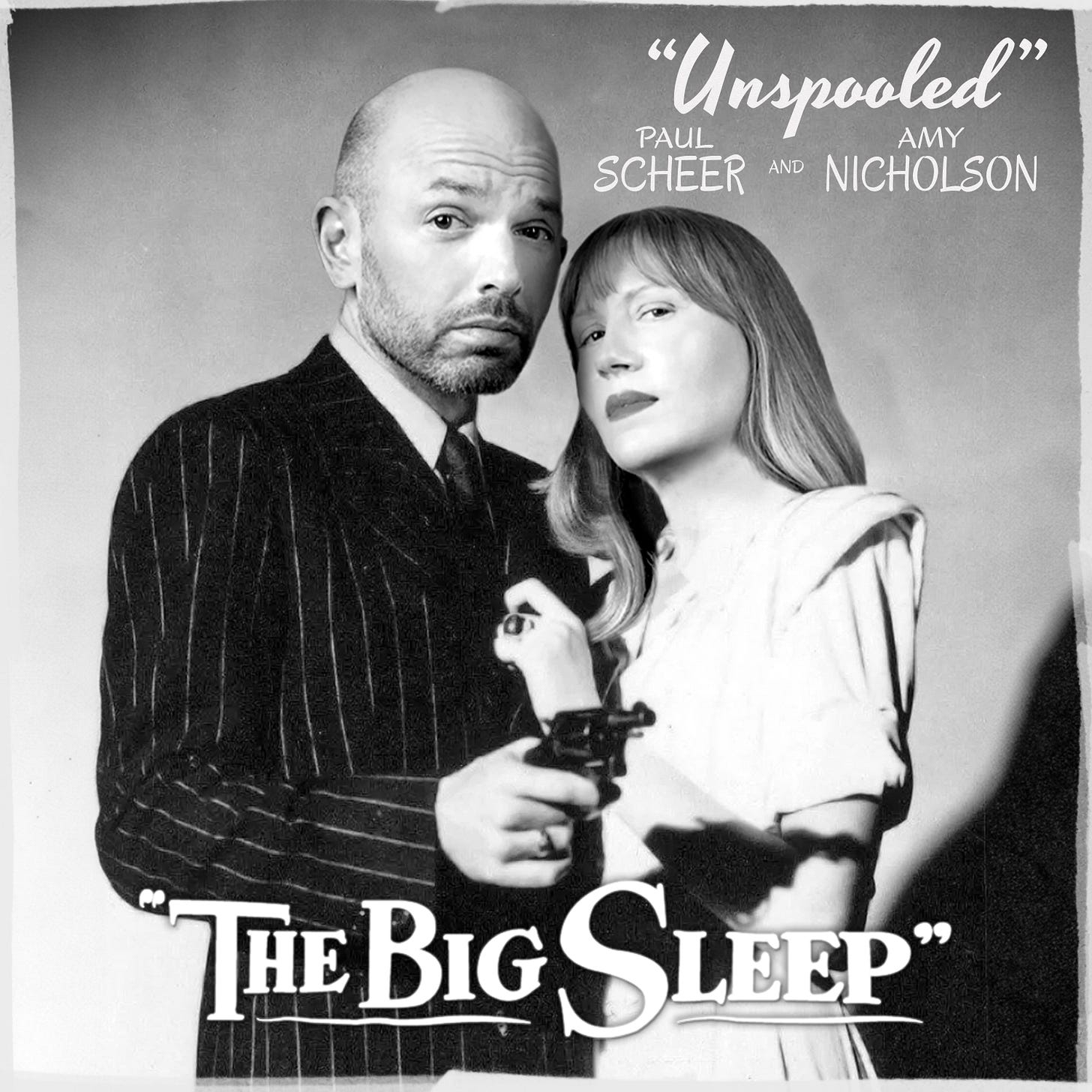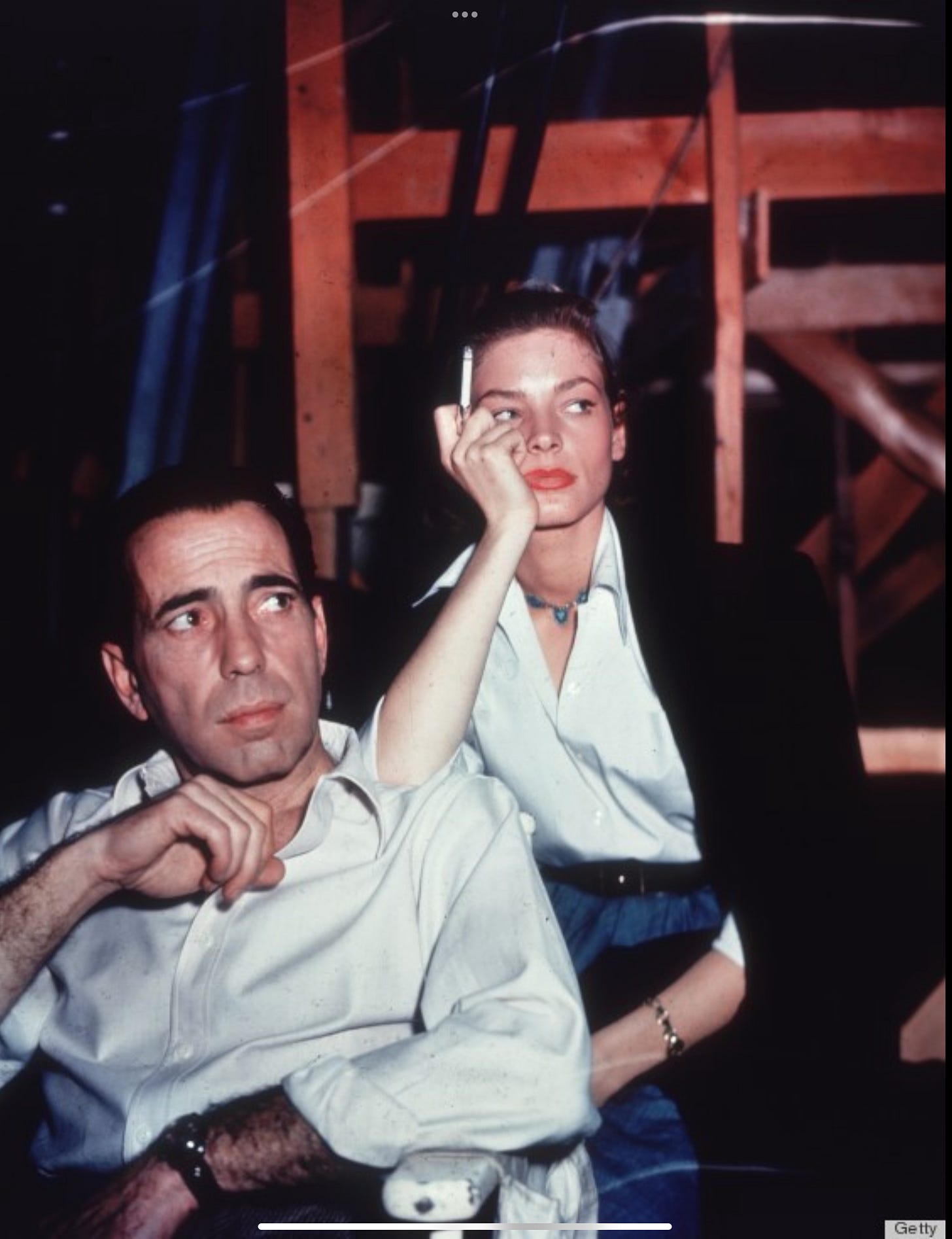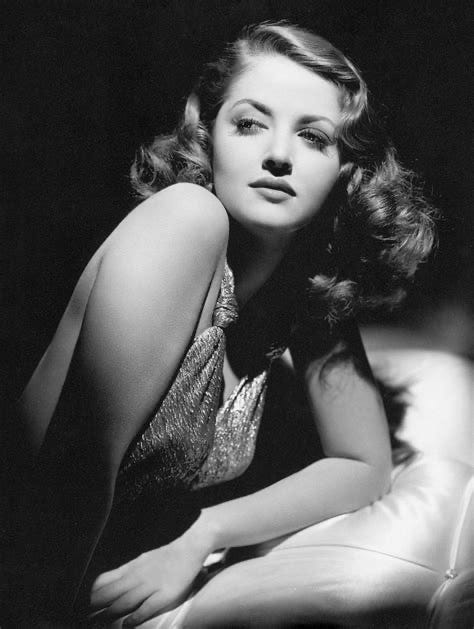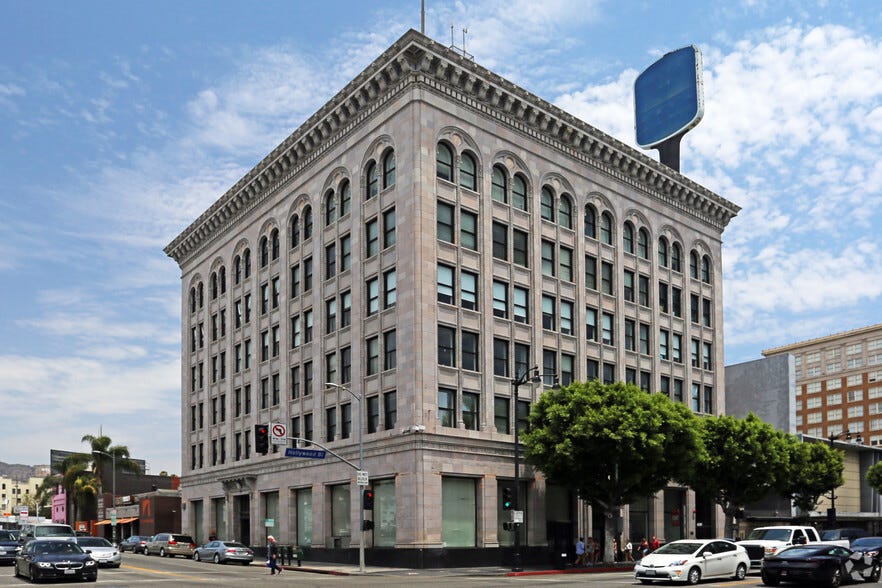Horny, Foggy, and Full of Vibes: The Big Sleep
Bogart, Bacall, blackmail, and a dead man who has no killer. Welcome to the horny, hardboiled haze of The Big Sleep.
“You’re not very tall, are you?”
“I try to be”
If film noir is a genre about moral ambiguity, The Big Sleep is a film about narrative ambiguity. Howard Hawks’ 1946 adaptation of Raymond Chandler’s novel drops you into a labyrinth of murder, smut, sibling secrets, and what appears to be the world’s most confusing blackmail ring run out of a porn…bookshop.
Somehow, this chaos only makes it better. If the vibes are immaculate, do we even care who killed who?
Scandal Behind the Scenes
Before the Big Sleep Bogart and Bacall’s affair and marriage was the talk of Hollywood, some backstory on how it came to be…
Bogart and Methot were known as the "Battling Bogarts" by many, and the two were said to keep a carpenter on call to fix things around their home after their notorious fights, according to The Guardian. He and Bacall saw one another and talked on the phone in secret, in an effort not to anger Methot.
Bacall told Parade in 1997 that her mother had been angry about the relationship at first. She said that after giving Bogart her phone number, "I would get phone calls, occasionally at 3 a.m. My mother used to say, 'Where do you think you're going so early in the morning? That man, he's a married man!' She was furious."
Bacall and Bogart got married in May 1945 on a friend's farm in Ohio, shortly after the actor's divorce from Methot was finalized. Bacall told Parade that marrying Bogart came with an important clause.
She said, "When I married Bogie, I agreed to put my career second, because he wouldn't marry me otherwise. He'd had three failed marriages to actresses, and he was not about to have a fourth. He said, 'If you want a career more than anything, I will do everything I can to help you, and I will send you on your way, but I will not marry you. I've been through it, and I know it doesn't work.' He was right."
It’s High Time You Read The Big Sleep
In GQ, Authors Megan Abbott and Jonathan Lethem, delve into the significance of Raymond Chandler’s noir masterpiece. They discuss how Chandler’s work transcends the mystery genre, offering a surreal and intimate exploration of American society.
Jonathan Lethem reflects on Chandler’s unique style:
“I think from the beginning Chandler reminded me, in a strange way, of Lewis Carroll. Both figures, Alice and Marlowe, moved coolly through a riotously off-kilter universe.”
Megan Abbott highlights the depth of Chandler’s characters:
“There are so many secrets in Chandler, and hidden weirdnesses—the mystery itself is always the least of it for me!”
A VICKERS PROBLEM
There are two versions of the film. The original 1945 cut was more plot-focused. The 1946 release boosted Bogart-Bacall chemistry and dropped clarity for heating up the romance between Bogart and Bacall. Unfortunately that also neutered the performance of Martha Vickers (Carmen). Hawks allegedly cut her scenes to keep Bacall front and center. Here’s Siskel & Ebert breaking down the difference
Unfortunately, there is limited documentation on Vickers’ personal reactions to these changes. Nonetheless, her performance remains a standout in the film.
Wanna Hire Marlowe?
6381 Hollywood Blvd, on the northeast corner of Cahuenga, is believed to be the real-world inspiration for Marlowe’s office. It's now officially designated as Raymond Chandler Square. The building’s still standing.
If You Liked This, You Might Like:
The Long Goodbye (1973) – Altman’s sleepy, stoned riff on Chandler.
Chinatown (1974) – Probably the most direct take on The Big Sleep
The Big Lebowski (1998) – A noir that embraces the confusion and the underworld
Brick (2005) – High school noir with lo-fi style and hard-boiled slang.
Inherent Vice (2014) – The paranoid, pot-fogged chaos twin to Chandler’s LA.
Devil in a Blue Dress (1995) – Denzel’s take on Marlowe.
Who Killed the Chauffeur (OR) Was the Chauffeur killed?
Even the screenwriters couldn’t solve the murder. Hawks asked Chandler who killed the chauffeur. Chandler replied: “I don’t know.”
Here are the theories (and yes alot of this research was done on message boards)
1) He was drunk and ran off the pier.
2) He was murdered, hit on the side of his head and the car run off the pier with him in it to make it look like an accident.
3) He committed suicide.
The first explanation, that he was drunk, is quickly debunked. He "plowed an awful straight furrow down the pier" and this shows someone who was in control of the car until it smashed through the pier and into the water.
The second explanation is also discarded because not only did the car "plow an awful straight furrow," but also the car was moving very fast. So fast that it was the only way it could smash through that pier and land "right side up."
Thus Chandler clearly offers the third explanation, that the chauffeur committed suicide, as the one that makes the most logical sense. The car was going very fast (and straight!) to the end of the pier and had to ram through it to hit the water upright so someone was driving the car through but if there was a murderer inside the car that seems awfully dangerous to do at night and with these old style vehicles. They couldn't "jump out" before hitting the pier because they could injure themselves. Further, smashing through the pier and landing in the water before "swimming away" was also an incredibly dangerous thing to do.
Therefore the most logical explanation, the chauffeur, shaken from having murdered Geiger and distraught because he lost the photos (which Brody stole after clocking him (explaining the bruise on the chauffeur's head) merely killed himself by driving off the pier.
The only other theory, which is equally possible in both versions is simply that
Brody killed the chauffeur and was just lying to Marlowe when he said that he didn't.
Let us know what you think?








